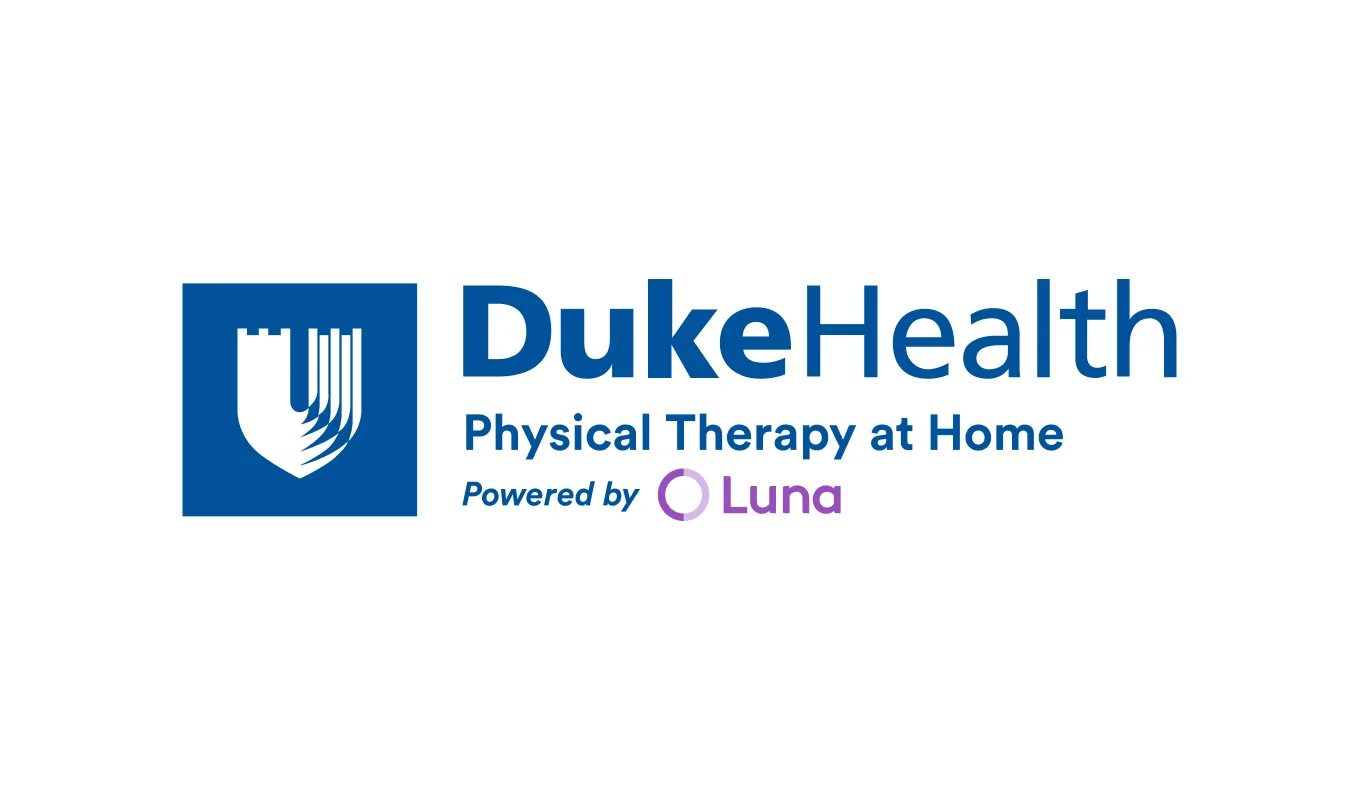This article was originally published July 1, 2024 by Healthcare IT News.
Emory Healthcare constantly is evolving and innovating the care it provides. With regard to at-home physical therapy providers, the health system was intrigued to understand how it could expand its service offerings for outpatient care.
The Problem
Especially in the last few years, the COVID-19 pandemic accelerated the way Emory thinks about off-site care and forced the health system to reinvent not only how it diagnoses patients, but also how it treats them nonoperatively.
“While we have a number of PT clinics in or near our regional offices for our musculoskeletal practice, we have a lot of patients who come to us from a distance that is not as practical to travel for frequent rehabilitation,” said Dr. Scott Boden, chairman of the department of orthopedic surgery at Emory University School of Medicine.
“For those patients, being able to offer them an at-home opportunity was a way to maintain continuity of care inside the health system.
“Additionally, many of our PT patients today are 65 and older, and while distance may also be an issue, some of them may find that traveling either makes them uncomfortable or furthers the pain they are working to get treated in-clinic,” he continued. “Having an at-home PT provider allows the physical therapist to help improve the patient’s mobility within their own home setting – for example, help a patient navigate their stairs more efficiently.”
Considering these factors, having an option for at-home PT would allow Emory to provide flexibility for patients to continuously improve patient health outcomes.
Proposal
Many patients today will seek care from other clinics, outside of their own health system, mainly due to shorter drive times and a preference toward convenience rather than continuity of care.
“To health systems, this is known as ‘referral leakage,’” Boden explained. “One of the ways health systems may try to avoid this is by adding new PT locations to expand their geographic coverage. However, this may not be a practical option for everyone.
“In vendor Luna’s model, they offered the ability to keep these patients inside the system with a highly differentiated service offering – at-home care,” he continued. “This at-home care would include physical therapists with expertise in a variety of specialties, including orthopedics, neurology, geriatrics, vestibular and post-operative care, and the various conditions they could treat include ankle injuries, arthritis, knee pain, hip replacement and spinal fusion.”
Since Emory would credential the therapists and provide its treatment protocols when appropriate, the program would allow the health system to maintain quality and continuity of care, he added.
“Luna’s model also included a way for us to improve the performance of our outpatient PT practice by allowing more capacity for patients that required in-office PT,” Boden said. “In turn, this would help reduce wait times at our busiest PT locations.”
Meeting the Challenge
Luna offered an at-home physical therapy program that would allow Emory to ensure quality and use Emory’s clinical protocols when desired. It connects therapists who wish to work extra hours with patients who want PT in-home.
“Our clinicians offer this to patients who feel they live too far away for frequent clinic trips and to ensure continuity of care,” Boden explained. “The Luna app, which can be operated by the providers and the patients, is simple, intuitive and straightforward, and provides for a great patient-provider experience. In some ways, it’s like the Uber for physical therapy.”
Results
Boden is happy to fill a need with patients who otherwise would not have used Emory’s PT services due to geographic distances. Since the pandemic, the way people view and use their healthcare has changed drastically. Being able to fill a need and provide a better solution for these patients has been a great achievement, he said.
“Additionally, Luna has not only expanded our breadth of services for outpatient care, it has improved our adherence to value-based care,” he noted. “By promoting patient health outcomes and helping control costs, it keeps patients on their prescribed path and out of acute care settings.
“From working with Luna for the last two years, the patient satisfaction scores have been excellent, and the service complaints are minimal,” he reported.
Advice for Others
It is important to avoid cannibalization of patients who would be using in-office PT, but this can be managed based on the protocols for which patients are offered at-home PT, Boden advised.
“We offer it to patients who were given a PT referral but didn’t schedule in-person appointments, and patients who we know live too far away to make frequent trips to one of our PT offices, ” he said. “Additionally, health systems may think bringing on an at-home provider will result in lower-quality services.
“However, it’s important to ensure you are credentialing the therapists, so they provide the highest quality treatment plan to your patients,” he continued. “Second, health systems may feel they can provide PT on their own. More patients seeking PT and expanding your network with an at-home PT provider technology, rather than building more brick-and-mortar locations, likely will have a positive impact on the patient care you can provide.”








